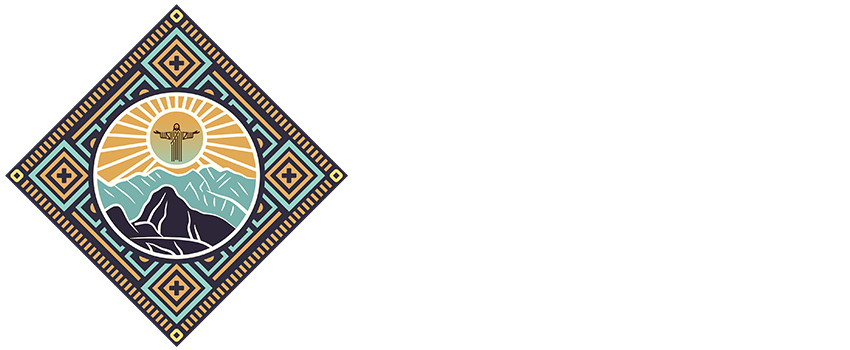Archaeologists have confirmed the existence of a subterranean labyrinth of tunnels stretching from the Temple of the Sun in Cusco, Peru, with some extending over a mile in length. This discovery validates rumors dating back to the 16th century about a network of tunnels known as the “chincana.”
Archaeologist Jorge Calero Flores announced that the research team identified a main branch connecting the temple with the fortress of Sacsahuaman, located just over a mile away. The system includes three smaller branches: one near the Church of San Cristóbal, another close to the fortress, and a third in the area known as Callispuquio. According to the Peruvian Association of Archaeologists, the tunnels were constructed by the Incas using the “cut and cover” method, which involves digging trenches, reinforcing them with stone walls, and covering them with carved beam ceilings. Calero Flores noted that the tunnels are approximately 2.6 meters (8.5 feet) wide and 1.6 meters (5.2 feet) tall, suggesting that Incas may have been transported on litters through them.
The search for the labyrinth began with Jesuit texts from the 16th century. An anonymous document from 1594 mentioned a tunnel connecting the bishop’s residence to the Cusco Cathedral, suggesting the tunnel originated at the Temple of the Sun. Another chronicler, Anello de Oliva, also described multiple underground passages in the city. These texts indicated that during construction in the area, workers avoided disturbing the tunnel network that began at a cave in the fortress. This information provided archaeologists with clues on where to search.
Before excavation, the team used acoustic prospecting to identify hollow areas, enabling them to employ ground-penetrating radar and create a more precise map of the chincana. Archaeologist Mildred Fernández Palomino stated that the next step is entering the tunnels: “Now we must excavate key points to access the chincana.”
Researchers believe the tunnel system represents an underground version of the street network of the ancient Inca city of Cusco. Located about 210 kilometers (130 miles) from Machu Picchu, Cusco was a significant center of the Inca Empire and today stands as a popular tourist destination and archaeological marvel.
This discovery not only confirms the legends about the existence of these tunnels but also offers a new perspective on Inca engineering and urban planning. The exploration and study of the chincana could unveil valuable information about the cultural and architectural practices of this remarkable civilization.
